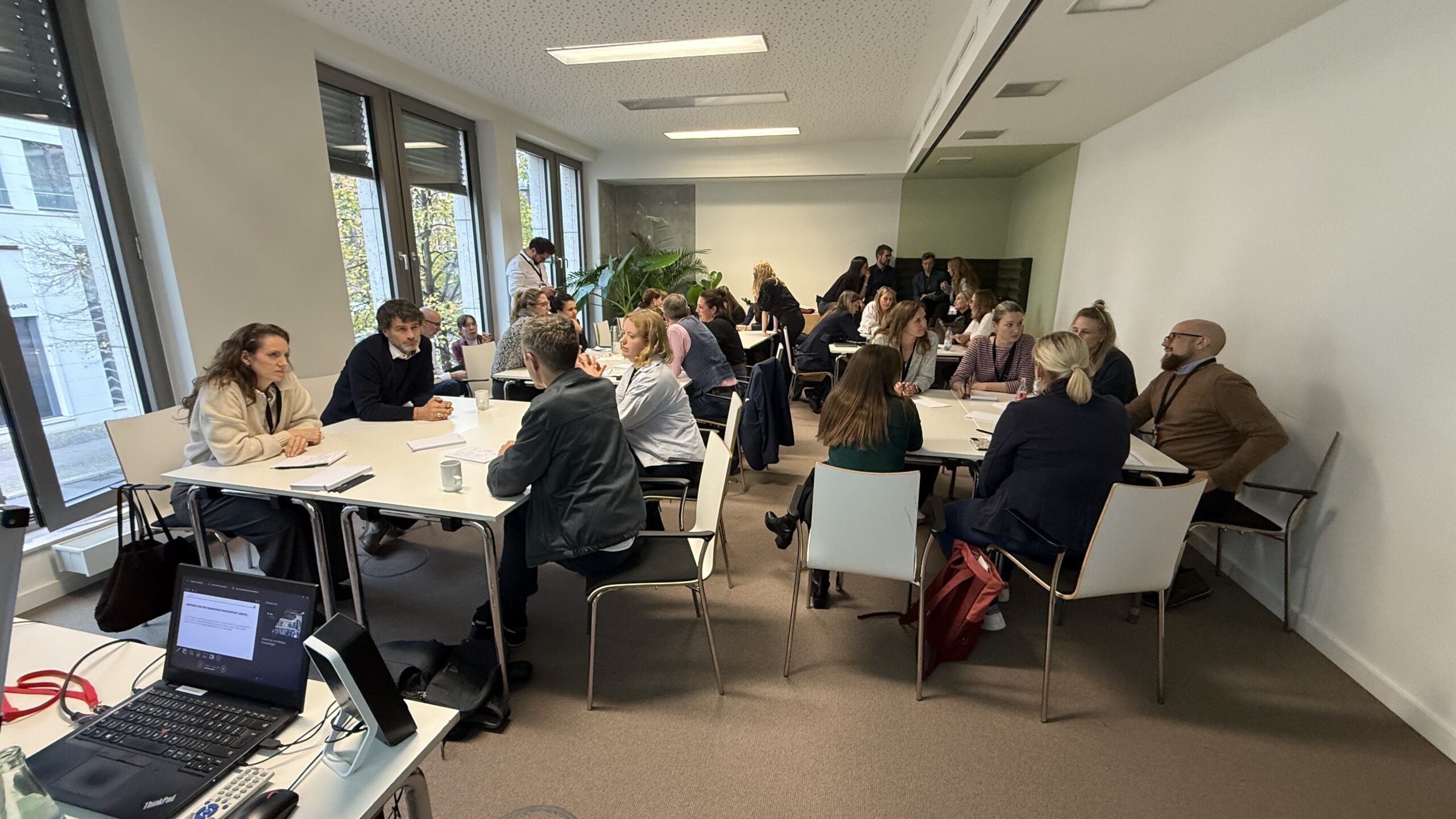
14.02.25
Journalists today are caught between shrinking resources, growing time pressure, changing media usage behavior and a veritable flood of topic suggestions from corporate communicators. According to the “State of the Media Report 2024” by Cision, half of all journalists receive more than 50 topic suggestions per week – for some, it is far more. It is clear that only a fraction of these are even read. So how do companies still manage to find a place in the news with their topics?
A change of perspective for more relevance
Relevance is the keyword. Companies must learn not only to talk about themselves, but also to change their perspective and focus on the journalistic target group and their readers. This is also the opinion of the editors surveyed in the Cision study: for 68% of respondents, it is crucial to understand their target group and their relevant topics. In fact, press releases are still the number one format that they want to receive from communicators (74%). This is followed by original research reports such as trends or market data (61%). So why not combine the two? Individual facts and figures, combined with a storyline tailored to the medium, create what journalists need: value for their audience.
Data with story potential
But this is often where things get stuck: companies may have a treasure trove of data – be it on market trends, sustainability initiatives or consumer behavior – but often don't know how to prepare it attractively for the media. Processes that better connect PR and internal data points are often missing here, to create real added value for journalistic research and stories from untapped potential.
Timing is everything – and also needs a bit of luck
A good story can fall flat if it is told at the wrong moment. Staying close to the news cycle, identifying topics early and choosing the right time to publish often determines success or failure. A strategic combination of media monitoring, social listening and knowledge of editorial deadlines can help here. It's better to wait a week than to be lost in the midst of a dominant media topic. Of course, a little luck is also needed here, because not everything can be planned.
Between offering and trusting
Another – if not the most important – factor for successful coverage is the relationship with journalists. Media contacts are not a one-way street, but a dialogue that needs to be nurtured. Decisions about content are not purely subjective, but based on a combination of facts, trust and reliability. Companies or communications agencies that have proven to be a source of accurate and relevant information over the years have a clear advantage here.
Sometimes you have to let go
It is crucial to respect journalistic freedom and not to try to control every statement – for example, by making excessive adjustments in approval processes to maintain “corporate wording”. The courage to let go pays off – through authenticity and the willingness to trust in the relationship and to let go of topics from time to time.
Less is more
A company's media presence is not determined by the number of topic suggestions sent, but by the quality and relevance of the information. It is strategic processes, well-founded data and long-term relationships that ensure that media and companies come together. Those who deliver what journalists need, instead of just talking about themselves, not only gain their attention, but often also long-term partnerships.

14.02.25
Journalists today are caught between shrinking resources, growing time pressure, changing media usage behavior and a veritable flood of topic suggestions from corporate communicators. According to the “State of the Media Report 2024” by Cision, half of all journalists receive more than 50 topic suggestions per week – for some, it is far more. It is clear that only a fraction of these are even read. So how do companies still manage to find a place in the news with their topics?
A change of perspective for more relevance
Relevance is the keyword. Companies must learn not only to talk about themselves, but also to change their perspective and focus on the journalistic target group and their readers. This is also the opinion of the editors surveyed in the Cision study: for 68% of respondents, it is crucial to understand their target group and their relevant topics. In fact, press releases are still the number one format that they want to receive from communicators (74%). This is followed by original research reports such as trends or market data (61%). So why not combine the two? Individual facts and figures, combined with a storyline tailored to the medium, create what journalists need: value for their audience.
Data with story potential
But this is often where things get stuck: companies may have a treasure trove of data – be it on market trends, sustainability initiatives or consumer behavior – but often don't know how to prepare it attractively for the media. Processes that better connect PR and internal data points are often missing here, to create real added value for journalistic research and stories from untapped potential.
Timing is everything – and also needs a bit of luck
A good story can fall flat if it is told at the wrong moment. Staying close to the news cycle, identifying topics early and choosing the right time to publish often determines success or failure. A strategic combination of media monitoring, social listening and knowledge of editorial deadlines can help here. It's better to wait a week than to be lost in the midst of a dominant media topic. Of course, a little luck is also needed here, because not everything can be planned.
Between offering and trusting
Another – if not the most important – factor for successful coverage is the relationship with journalists. Media contacts are not a one-way street, but a dialogue that needs to be nurtured. Decisions about content are not purely subjective, but based on a combination of facts, trust and reliability. Companies or communications agencies that have proven to be a source of accurate and relevant information over the years have a clear advantage here.
Sometimes you have to let go
It is crucial to respect journalistic freedom and not to try to control every statement – for example, by making excessive adjustments in approval processes to maintain “corporate wording”. The courage to let go pays off – through authenticity and the willingness to trust in the relationship and to let go of topics from time to time.
Less is more
A company's media presence is not determined by the number of topic suggestions sent, but by the quality and relevance of the information. It is strategic processes, well-founded data and long-term relationships that ensure that media and companies come together. Those who deliver what journalists need, instead of just talking about themselves, not only gain their attention, but often also long-term partnerships.



